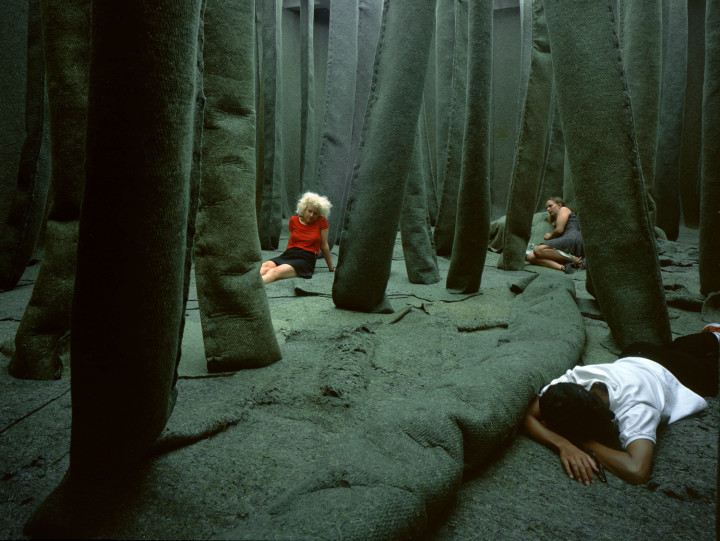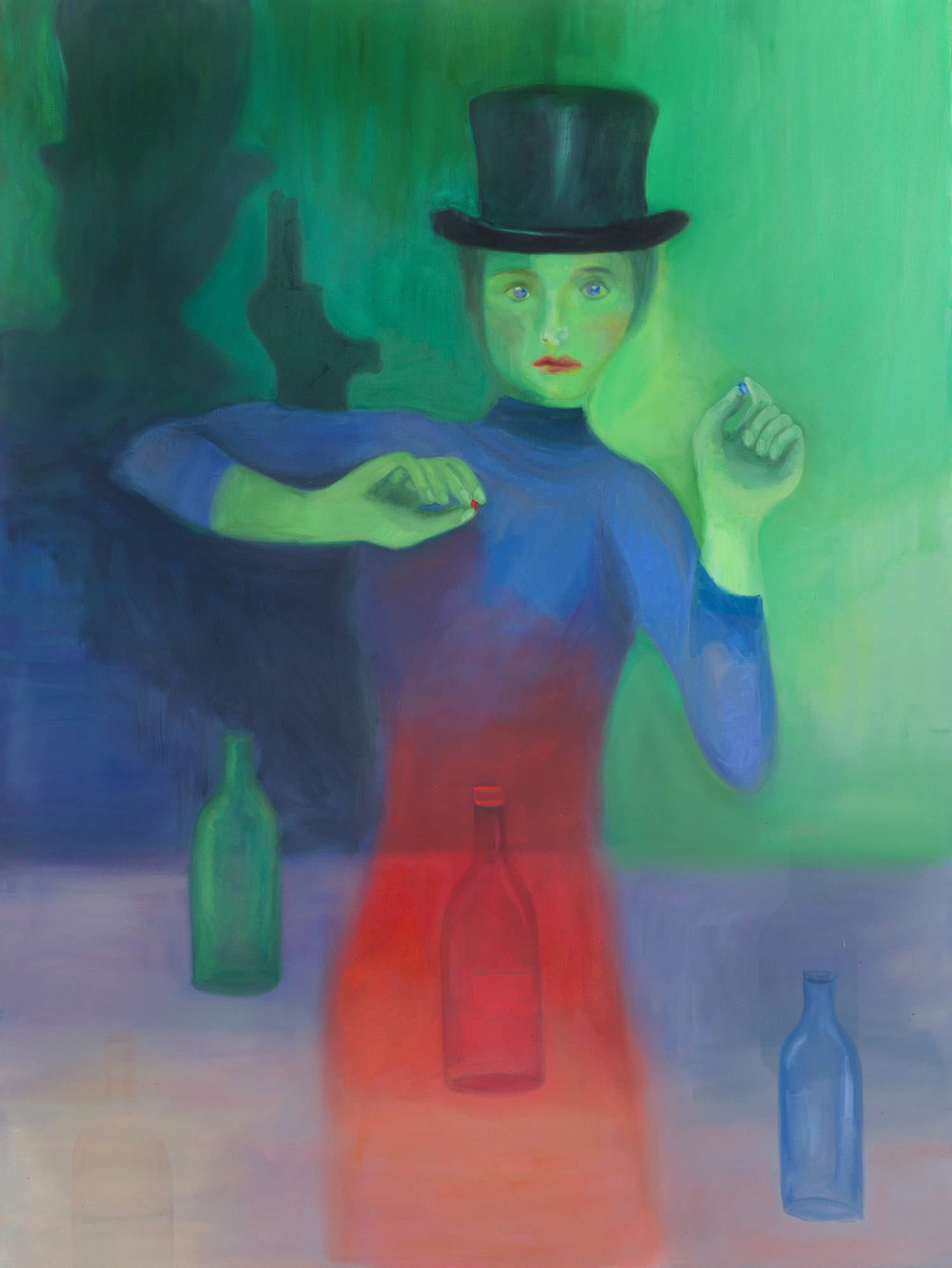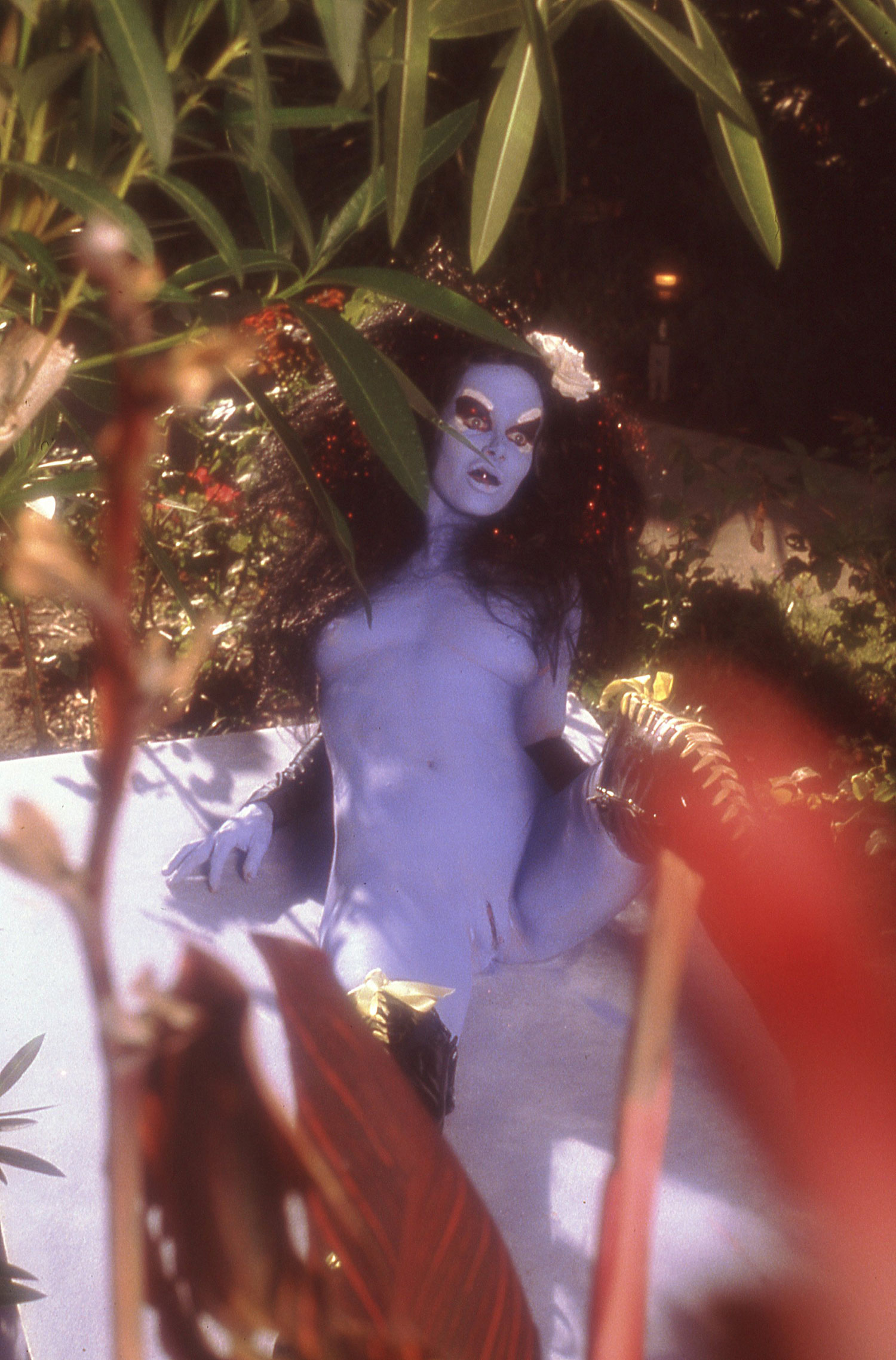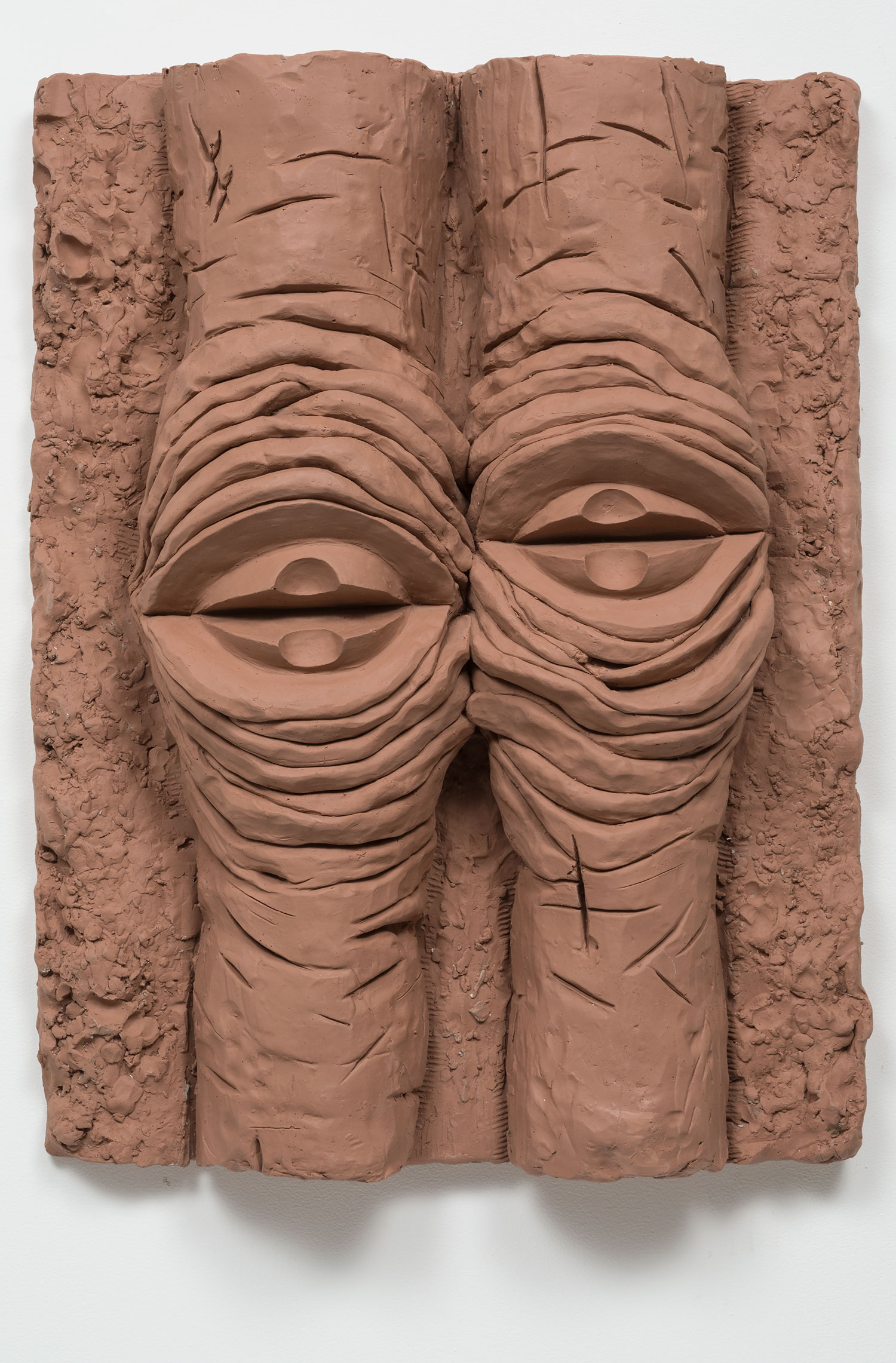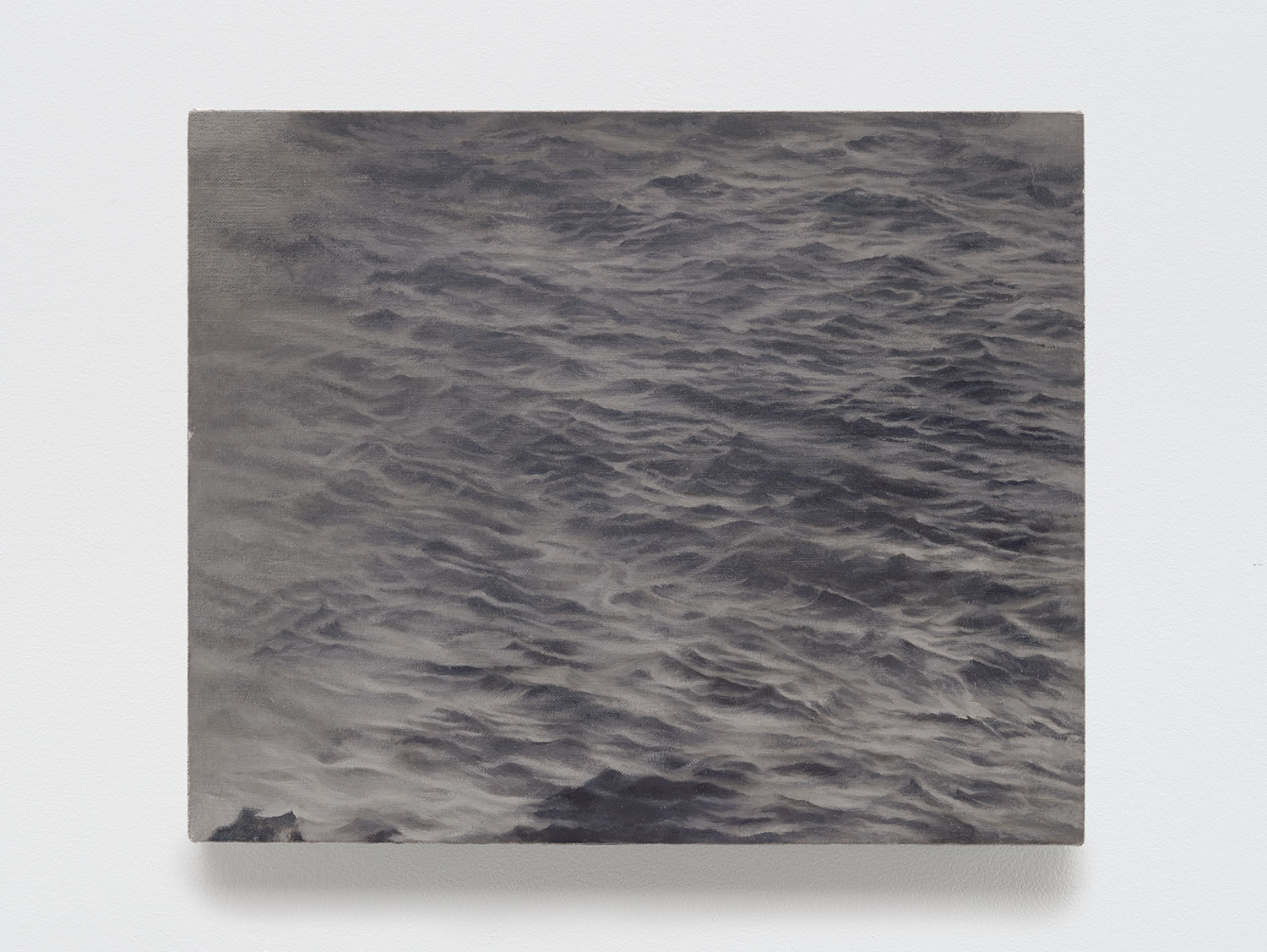
Lionel Bovier: First, I’d like to situate Studio Venezia — your project for the French Pavilion at the 57th Venice Biennale — within your practice, in which I distinguish three main lines of production. The first is “conceptual,” since many of your works are attempts to construct generic images, in a manner similar to how Allan McCollum, John Miller or Sherrie Levine are interested in the image as a substrate of other images. These questions of “re-presentation” have been quite visible since the early 1990s, in works such as The Animals (1990), The Silhouettes (1994) and The Model T Ford (1999). The second characteristic that I would like to bring up is the immersive and “participatory” dimension of a certain number of installations from the mid-to-late 1990s, such as The Cranes (1993), The Cave (1998) and The Forest (1998) — all of which are installations that are activated by the presence of the spectator. This is probably what brings you the closest to the French artists of your generation — Pierre Huyghe, Philippe Parreno and Dominique Gonzalez-Foerster, to name a few — and what Nicolas Bourriaud has coined as “relational aesthetics,” which is to say an intervetion that encourages the creation of interpersonal relationships as well as those between the various components of the installation itself. And finally, the third aspect I think is essential to emphasize is related to the notion of display: like Haim Steinbach and John Armleder — and I’ve named, from the start, only artists that I know resonate positively in your ears — you’ve shown an interest in using mechanisms where the work allows other artifacts to exist, appear and coexist. This is the case with Hyperrealist Project (2003), Baron de Triqueti (2006) and various stage works that you’ve produced over the past few years.
Studio Venezia appears to me as a synthesis of these three constructive lines. First of all, it’s an immersive environment that is to be experimented with and whose activatable parameters go beyond the simply visual domain. If we use The Forest as an example — and I mention it all the more readily because it’s in the collection of the museum that I direct, the MAMCO in Geneva, where we recently reinstalled it — it’s difficult to predict how visitors will use it: one can walk around it, talk within it, one can eventually decide to sleep in it, hence activating a range of sensations that span the visual to the acoustic by way of haptic perception. I think it’s also what you are aiming to achieve in Venice. This “studio” is a setting for musical productions; it is a space that fosters encounters, collaborations and the exhibition — in the primary sense of the term — of musicians. It is therefore something on the order of a laboratory and simultaneously a form of hospitality offered to others. It’s this in-betweeness that I think is the most singular character of this project.
Xavier Veilhan: I have a certain fascination for the studio, for its hidden dimension and for what happens inside a space where things originate; more than twenty years ago I exhibited at Andréhn-Schiptjenko in Stockholm a piece that was named Untitled (The Studio) (1993), which gave, as you said earlier, a “generic” representation of it. In Venice I wanted to do something that was both very open, inscribed in the duration of the Biennale, and which emphasized collaborative processes.
Initially, there is a form that is there, affirming its presence and which is in line with the installations that you mentioned earlier. This form does not reveal itself from the outside and is somewhat indebted to the Merzbau (1923–37) by Kurt Schwitters. But the experience that I propose is also immersive because of the acoustic dimension of the project. The pavilion is indeed a recording studio, and this notion of experimentation and work is very important. The role of music is indeed shifted from performance to an actual work effort. I wanted to defuse the implicit contract relative to the concert as such — a place where one goes, at a certain time, to attend something that is preplanned, pre-written. Here, it’s that moment of creation, the moment when music appears, in a studio filled with various instruments, whether used for electronic music or classical and baroque music, and which we sometimes build ourselves. In this space, my aim is to make something appear that is of the order of that moment when an orchestra tunes up: it’s a very particular beauty, a form of immediate music, which is not yet the music as it was written but which lies hinged between a before and an after, a fragile and unpredictable moment. The public of the Biennale is invited to share in this moment. The audience enters a sort of musical garden and witnesses a moment of the elaboration of the music.
The studio itself is very deconstructed — like a beautiful recording studio of the 1970s that was subjected to a cataclysm. This visual chaos hides an acoustic floor that isolates the sound room, the console and the technical elements of a more or less universal “kit.” We worked with an acoustician in order to attribute specific “colorations” to the different spaces of the pavilion, so as to obtain different sound qualities from one room to another within the studio. Pierre Schaeffer said that music is an architecture that speaks: that’s exactly what I wanted to achieve, an architecture activated by sound.

LB: When you mention the Merzbau by Kurt Schwitters, it isn’t so much in terms of the historical sense or the origin of that work, it seems to me, but more to point out the organic method of construction that you’ve achieved, that is to say, less of an architecture than something that grows, taking place inside a space and managing to even make it disappear. Among the references that we mentioned during the preparation of the project there was also Black Mountain College (especially Xanti Schawinsky’s “Spectodramas,” those multidimensional shows in which the visual, the acoustic and the staging met up) but also Station to Station (2015) by Doug Aitken, for its experiential nature. This framework, this mechanism, this context that is the Studio Venezia is first and foremost a work in itself, but a work whose use is neither prescribed nor spectacularized either. I think that one of the things we were interested in from the start was the notion of something that happens only once, something that is not necessarily announced, thus calling for a particular type of experience. It is the hapax — instead of the “off,” the “unplugged” and all the planned aspects that are in the background of a spectacular representation.
XV: What I also wanted to try to escape is the perception of the Biennale as a final culmination. By choosing to deploy the activities throughout the entire event, I decided to be present in the pavilion for the length of the seven months. For me it’s very important, just as it is for Thomas Hirschhorn for his projects, for instance. I invited artists to attend, and when you invite others, the host, at the very least, is expected to be there! In this project, I oriented myself more toward November 27th than toward May 9th — that is to say it’s a project in which the duration plays a very important role.
Christian Marclay: If I immediately reacted very positively to the project, it’s primarily because attempting to bring music into the context of art is a subject that is close to my heart. I came into music, without any formal education, through art. And yet, music has always been a collaborative form: as a musician, one is rarely as alone in the “studio” as is the visual artist. I think that within this project, the proposal to assist that time of creation also implements a demystification of artistic production. It’s an uncomfortable moment, for the artist, to be creative under the gaze of others; it’s usually a private activity. The studio is a place away from everything: we close the doors and we light a sign that says “recording, do not disturb.” In general, it is also a rather boring process, even daunting, because you have to repeat the same thing a thousand times to get the best version. We wait for our turn patiently, while other musicians record their tracks. I find that this aspect of the demystification of artistic production is crucial: the context of the Biennale does not lend itself much to this kind of experimentation, preferring to have completed and glorifying projects in the pavilions. Here we offer a framework, quite similar to an open score: instead of being a chart on paper, it is a space, an architecture. Visitors are usually encouraged to go quickly from one pavilion to the next, but here they’re invited to spend more time and reflect on this process, to witness this moment of creation. I think it’s very stimulating for an artist, in the context of the Biennale, to adopt the bias of the longer time span, of the potentially tedious and the uncompleted. What interests us here is the pathway to creation and not only the finalized product.
XV: There is indeed an aspect of risk in the project. What had tempted me, on this particular occasion, was to take such a risk by relying on an experience linked to both the city and to the context of the Biennale. I use the duration of this exhibition, almost seven months, as a diffusion factor in terms of what happens in the city and in the pavilion. Duration really plays a central role, because if visual art falls within the domain of the instant, music comes in to impart its implicit chronology to the project.

LB: We obviously attempted to reflect this dimension within the editorial and communicative side of the project: instead of the fixedness of the exhibition catalogue, we preferred this journal, renewed several times and produced locally, in order to accompany the evolution of the project. The digital interfaces are thought out in the same manner, both as a meeting point for the public and as something that adapts itself to the outlines of the project. Finally, in terms of the production of the project itself, I would like to emphasize that we are in a trialogue form, that is to say, a polyphony, augmented by the participation of the musicians.
XV: The musicians come from all musical horizons. Some of them are from the classical field, like Alain Planès, who is a great performer of Debussy in particular, or Maxime Le Guil, who is a very talented producer and who made Christophe’s latest album. There’s a large diversity of participants and programming work achieved with people such as Victor Nebbiolo di Castri, Olivier Lexa, Enrico Bettinello, and Christian of course. The partners of this programming are also very varied, whether stemming from the Académie de l’Opéra, from the Lieu Unique in France, from the More Festival, from We Love Art, which organizes art events, or from Devialet, which creates tools used for sound reproduction that I like to use. It’s a collective project that somewhat resembles a feature film.
CM: I also suggested to Xavier that he bring in musicians that he was less familiar with, rather than only those with whom he had worked with previously. There’s a wide variety of musical genres, from classical to pop, from experimental jazz to improvisation, and more. I mostly contributed to the experimental parts and with the musicians working with improvisation, but our choices were made collectively. We wanted to initiate superimpositions, collaborations between musicians who perhaps would not collaborate otherwise.
XV: We are only at the beginning of this process, of the 173 days of programming, but there are already some very exciting collaborative projects between producers and musicians, composers and groups, for example. It is one of the characteristics of the project’s participants, who each show a real curiosity outside their fields of specialization. The availability of astonishing instruments and the wealth of individual interests and risk-taking are enriched by the local context. Venetian musicians, who are not necessarily well known but who perform high-quality work, are thus led to cross paths with well-known producers or artists who constitute references for them. The local anchoring of the project is very important. Venice is still today a city with great musical vitality.
LB: One could say that there’s a kind of decentering of the spectator’s relationship to a pavilion, to which he would come to look at something. However, it isn’t about interactivity: there is no proposal made to play with the instruments. At the same time, there is a decentering of the musicians, who are invited not to give a concert but to work, to produce sound. The hybrid or intersecting idea of the program is that, perhaps in this context, doubly decentered, they might produce things that they would not produce otherwise.
XV: The objective from my point of view is the recording of quality musical moments. What is proposed, therefore, is to place the visitor in a situation of complicity that is not participatory. The situation we are trying to produce is one in which the spectator is involved in a process.
CM: All musicians will react differently to this context. There will undoubtedly be some events that are more performative than others, some presences that are more discreet than others, some visits that are more productive than others. I think that it will never truly be a genuine performance nor a studio recording, but, like the project as a whole, something intermediate. If there are recordings that are made, if there are any LPs or performances that result from it, it will always be left to the discretion of the musicians. And instead of a contract, there are “rules of the game” that were written down so that the musicians remain the owners of their productions, without being instructed as to what to do with them. Some of these recording sessions will hopefully have another life, either as LPs or as files on the Web.
XV: This is also why the reference that was made to art schools, such as Black Mountain College or the Bauhaus, indicated the direction I wished to take: it isn’t only about teaching but more about what happens between the different people who pass through these schools. Certain bonds are established that can be long-lasting. Ideally, the pavilion could also lead to that.

